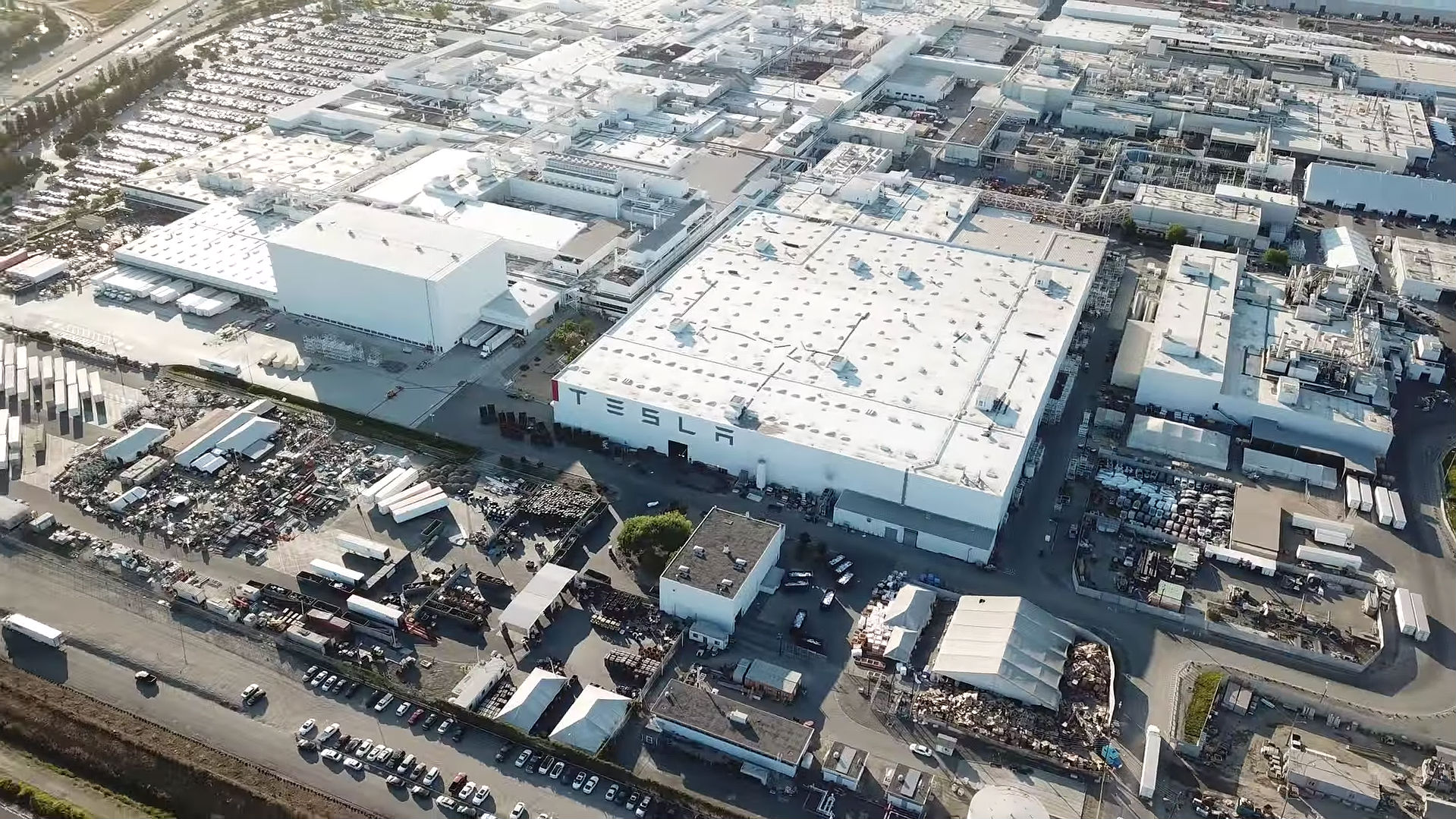
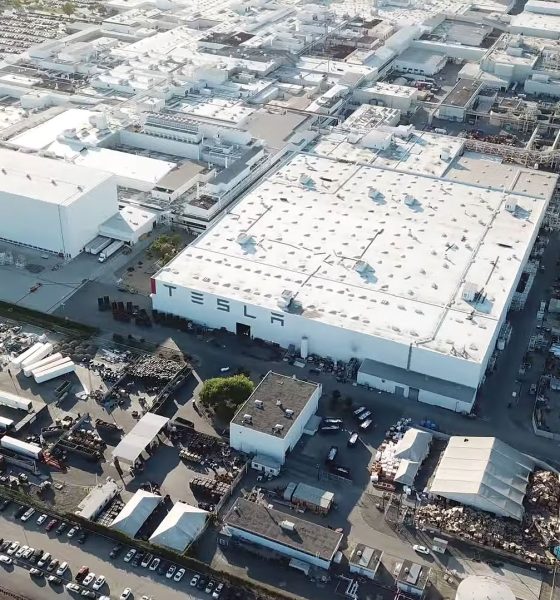
Investor's Corner
Tesla (TSLA) posts Q2 2018 financial results: $4B revenue, profitability in focus
Tesla’s second-quarter earnings for 2018 saw the California-based carmaker beat Wall Street revenue estimates after posting $4B billion in revenue and missed earnings estimates with a non-GAAP loss of $520 million.
The results, which were posted in an update letter to investors after the closing bell on Wednesday, August 1st, showed second-quarter earnings of -$3.06 per share, slightly worse analyst estimates of -$2.92 per share. Compared to the previous year, revenue grew 43.5%.
The company burned through $430M in cash in the second quarter.
REVENUE AND OPERATING LOSSES
The company’s revenue for the second quarter consisted of $3.36B in automotive revenue and $374M from their energy and battery storage division. Automotive revenue saw an increase of 46.8% compared to the same period last year. The energy and battery storage division saw an increase of 30.6% compared to the same period last year.
Automotive revenue increased by 22.75% compared to Q1 2018, largely due to the rapid increase in Model 3 sales, while energy generation and storage declined by 8.7%. Tesla deployed 84 MW of energy generation and 203 MWh of energy storage products in the second quarter as well.
MODEL 3
Tesla was able to deliver 18,449 Model 3 vehicles during the second quarter of 2018. In the quarter the company produced 28,578 Model 3’s. The company’s Q2 2018 Update Letter stated that the company still expects to reach its production goal of 6,000 Model 3’s per week by the end of August.
The company is aiming to reach a gross margin of 25% on the Model 3 in the long-term but set an initial goal of break-even for the second quarter. The company beat that goal in the quarter posting a slightly positive gross margin. After conducting a complete breakdown, an automotive expert recently estimated that Tesla could achieve a 30% or higher gross margin on the vehicle.
“Over the past 12 months, we have overcome bottlenecks across various stages of the Model 3 manufacturing process. Last quarter, it became clear that GA3, our main general assembly line, would likely become a production constraint if certain issues were not addressed. This assembly line, which is where we add all the components to a painted metal body, was designed to work with hundreds of robotic lifters that bring components to the line. Due to the density of the line and the relatively high downtime of the lifters, ramping GA3 became substantially more complicated than we had anticipated. That said, significant progress has been made in the last few months, and GA3 is now expected to reach a production rate of 5,000 per week very soon,” Tesla stated in the letter.
The company reported that they have received over 60,000 test drive requests for the Model 3. Most Tesla stores received their first Model 3 test drive vehicles and the company plans to continue deploying more Model 3’s to other stores, with a focus on the new Model 3 Dual Motor Performance. The company stated that early results show that the Model 3’s “test drive-to-order conversion rate” is higher than the Model S and X.
TESLA ENERGY
Tesla deployed 203MWh of energy storage in the second quarter and 84MW of solar energy generation systems. Tesla stated that the company’s solar and energy storage division has undergone massive changes as they prepare to exclusively sell the products online and at Tesla stores.
Energy Storage and Generation generated $374M worth of revenue for the company in the quarter. Tesla stated that 68% of all installations were cash and loan based, compared to lower-revenue generating lease-based sales.
“We are steadily ramping Solar Roof production in Buffalo and are also continuing to iterate on the product design and production process, learning from our early factory production and field installations. We have deployed Solar Roof on additional homes in Q2 and are gaining valuable feedback from each new installation. We plan to ramp production more toward the end of 2018 and are working hard to simplify the production and installation process before deploying significant capital into factory automation,” Tesla stated in the quarterly letter.
GUIDANCE FOR THE END OF 2018
Tesla still expects to deliver 100,000 Model S and X vehicles for 2018. The company also stated it targets to produce 50,000-55,000 Model 3’s in the third quarter. Tesla still did not disclose an overall production target for the Model 3 in 2018. The Model 3 is expected to carry a 15% gross margin for the third quarter and 20% in the fourth quarter.
Tesla reiterated that they expect to be GAAP profitable in both the third and fourth quarter of 2018. Tesla also stated that they expect the company to be profitable going forward, despite rapid growth.
Tesla has just over $2.23 billion in cash at the end of the quarter, down from $2.67 billion in the previous quarter.
Today’s trading session ended with TSLA closing up .9% at $300.85. After-hours, the stock was trading up 3.9%.
Tesla’s full Q2 2018 Update Letter can be accessed here.

Investor's Corner
Tesla stock closes at all-time high on heels of Robotaxi progress
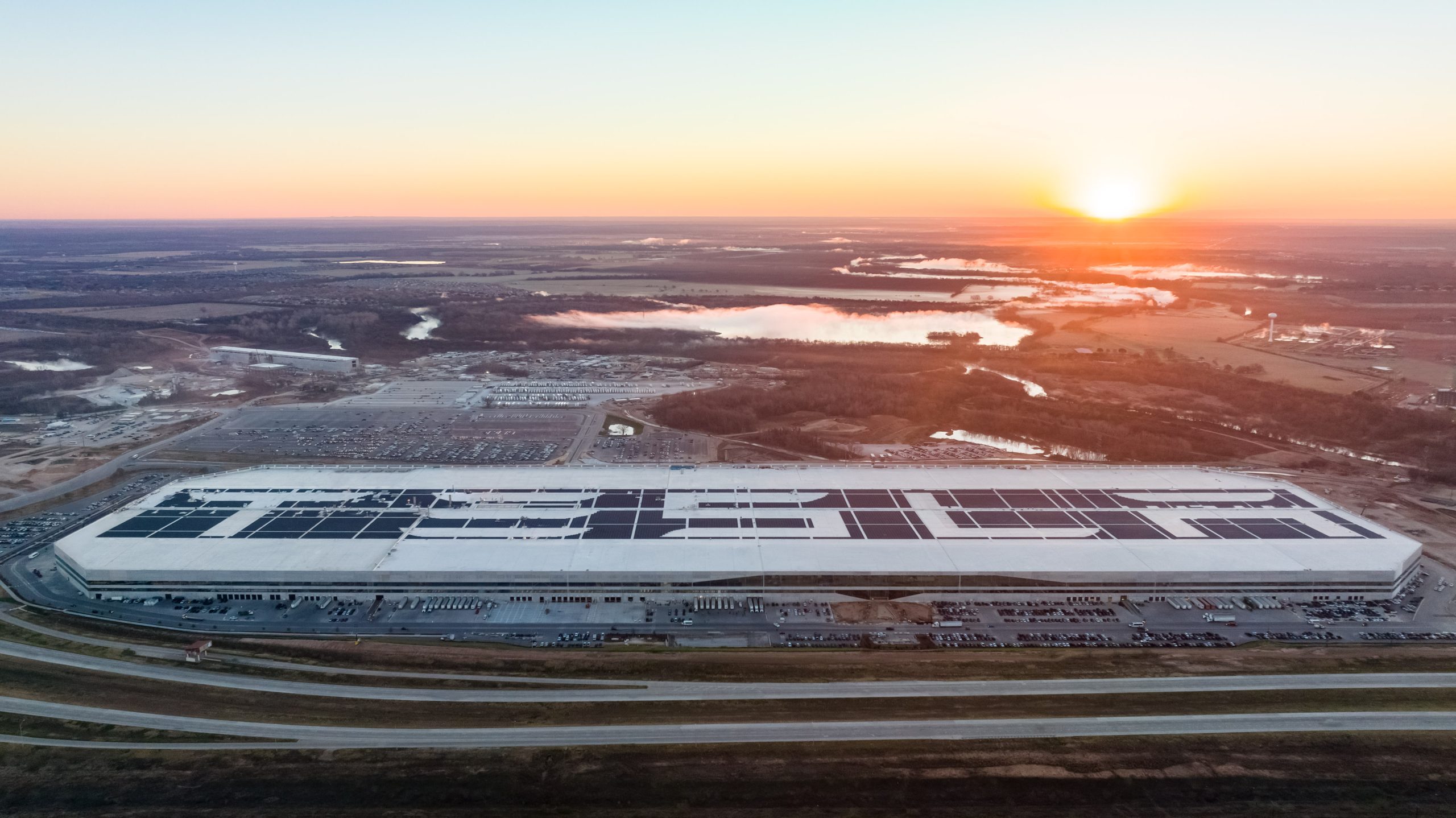
Tesla stock (NASDAQ: TSLA) closed at an all-time high on Tuesday, jumping over 3 percent during the day and finishing at $489.88.
The price beats the previous record close, which was $479.86.
Shares have had a crazy year, dipping more than 40 percent from the start of the year. The stock then started to recover once again around late April, when its price started to climb back up from the low $200 level.
This week, Tesla started to climb toward its highest levels ever, as it was revealed on Sunday that the company was testing driverless Robotaxis in Austin. The spike in value pushed the company’s valuation to $1.63 trillion.
Tesla Robotaxi goes driverless as Musk confirms Safety Monitor removal testing
It is the seventh-most valuable company on the market currently, trailing Nvidia, Apple, Alphabet (Google), Microsoft, Amazon, and Meta.
Shares closed up $14.57 today, up over 3 percent.
The stock has gone through a lot this year, as previously mentioned. Shares tumbled in Q1 due to CEO Elon Musk’s involvement with the Department of Government Efficiency (DOGE), which pulled his attention away from his companies and left a major overhang on their valuations.
However, things started to rebound halfway through the year, and as the government started to phase out the $7,500 tax credit, demand spiked as consumers tried to take advantage of it.
Q3 deliveries were the highest in company history, and Tesla responded to the loss of the tax credit with the launch of the Model 3 and Model Y Standard.
Additionally, analysts have announced high expectations this week for the company on Wall Street as Robotaxi continues to be the focus. With autonomy within Tesla’s sights, things are moving in the direction of Robotaxi being a major catalyst for growth on the Street in the coming year.
Elon Musk
Tesla needs to come through on this one Robotaxi metric, analyst says
“We think the key focus from here will be how fast Tesla can scale driverless operations (including if Tesla’s approach to software/hardware allows it to scale significantly faster than competitors, as the company has argued), and on profitability.”
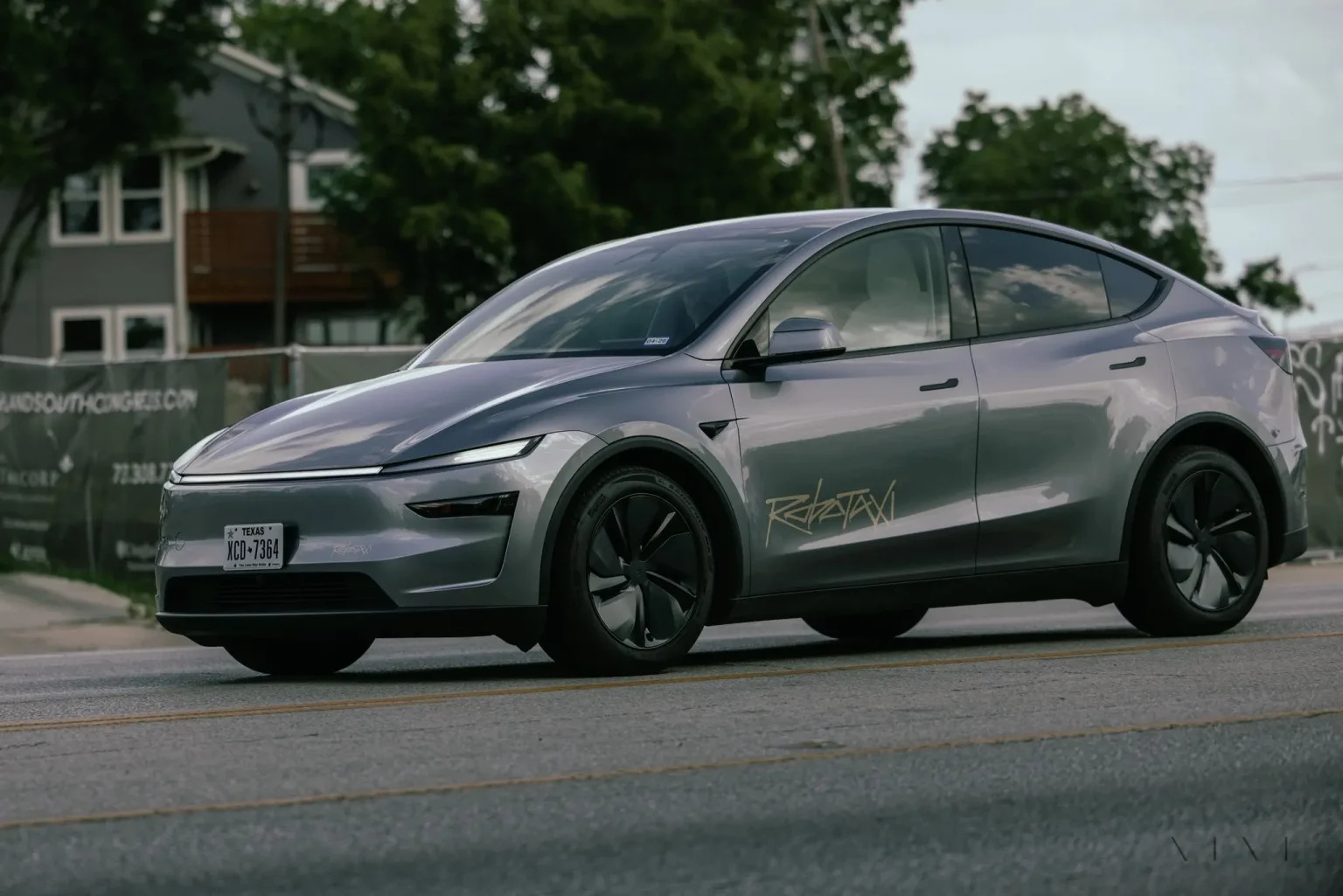
Tesla needs to come through on this one Robotaxi metric, Mark Delaney of Goldman Sachs says.
Tesla is in the process of rolling out its Robotaxi platform to areas outside of Austin and the California Bay Area. It has plans to launch in five additional cities, including Houston, Dallas, Miami, Las Vegas, and Phoenix.
However, the company’s expansion is not what the focus needs to be, according to Delaney. It’s the speed of deployment.
The analyst said:
“We think the key focus from here will be how fast Tesla can scale driverless operations (including if Tesla’s approach to software/hardware allows it to scale significantly faster than competitors, as the company has argued), and on profitability.”
Profitability will come as the Robotaxi fleet expands. Making that money will be dependent on when Tesla can initiate rides in more areas, giving more customers access to the program.
There are some additional things that the company needs to make happen ahead of the major Robotaxi expansion, one of those things is launching driverless rides in Austin, the first city in which it launched the program.
This week, Tesla started testing driverless Robotaxi rides in Austin, as two different Model Y units were spotted with no occupants, a huge step in the company’s plans for the ride-sharing platform.
Tesla Robotaxi goes driverless as Musk confirms Safety Monitor removal testing
CEO Elon Musk has been hoping to remove Safety Monitors from Robotaxis in Austin for several months, first mentioning the plan to have them out by the end of 2025 in September. He confirmed on Sunday that Tesla had officially removed vehicle occupants and started testing truly unsupervised rides.
Although Safety Monitors in Austin have been sitting in the passenger’s seat, they have still had the ability to override things in case of an emergency. After all, the ultimate goal was safety and avoiding any accidents or injuries.
Goldman Sachs reiterated its ‘Neutral’ rating and its $400 price target. Delaney said, “Tesla is making progress with its autonomous technology,” and recent developments make it evident that this is true.
Investor's Corner
Tesla gets bold Robotaxi prediction from Wall Street firm
Last week, Andrew Percoco took over Tesla analysis for Morgan Stanley from Adam Jonas, who covered the stock for years. Percoco seems to be less optimistic and bullish on Tesla shares, while still being fair and balanced in his analysis.
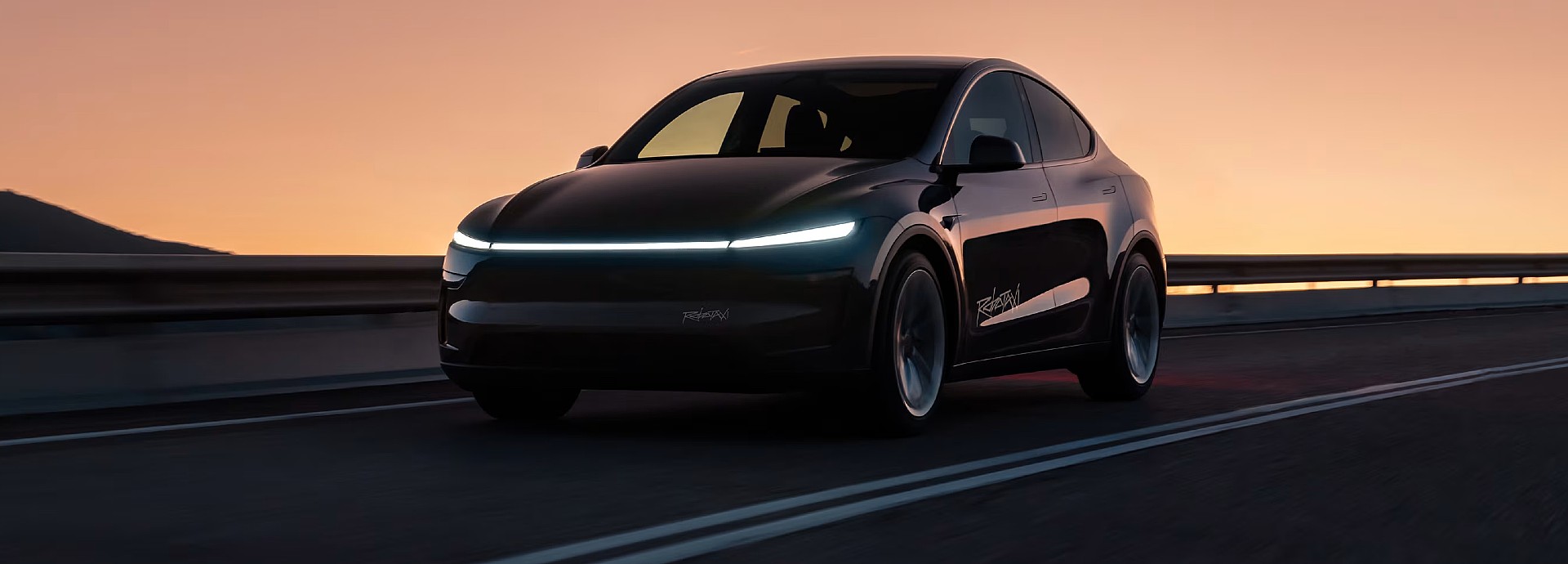
Tesla (NASDAQ: TSLA) received a bold Robotaxi prediction from Morgan Stanley, which anticipates a dramatic increase in the size of the company’s autonomous ride-hailing suite in the coming years.
Last week, Andrew Percoco took over Tesla analysis for Morgan Stanley from Adam Jonas, who covered the stock for years. Percoco seems to be less optimistic and bullish on Tesla shares, while still being fair and balanced in his analysis.
Percoco dug into the Robotaxi fleet and its expansion in the coming years in his latest note, released on Tuesday. The firm expects Tesla to increase the Robotaxi fleet size to 1,000 vehicles in 2026. However, that’s small-scale compared to what they expect from Tesla in a decade.
Tesla expands Robotaxi app access once again, this time on a global scale
By 2035, Morgan Stanley believes there will be one million Robotaxis on the road across multiple cities, a major jump and a considerable fleet size. We assume this means the fleet of vehicles Tesla will operate internally, and not including passenger-owned vehicles that could be added through software updates.
He also listed three specific catalysts that investors should pay attention to, as these will represent the company being on track to achieve its Robotaxi dreams:
- Opening Robotaxi to the public without a Safety Monitor. Timing is unclear, but it appears that Tesla is getting closer by the day.
- Improvement in safety metrics without the Safety Monitor. Tesla’s ability to improve its safety metrics as it scales miles driven without the Safety Monitor is imperative as it looks to scale in new states and cities in 2026.
- Cybercab start of production, targeted for April 2026. Tesla’s Cybercab is a purpose-built vehicle (no steering wheel or pedals, only two seats) that is expected to be produced through its state-of-the-art unboxed manufacturing process, offering further cost reductions and thus accelerating adoption over time.
Robotaxi stands to be one of Tesla’s most significant revenue contributors, especially as the company plans to continue expanding its ride-hailing service across the world in the coming years.
Its current deployment strategy is controlled and conservative to avoid any drastic and potentially program-ruining incidents.
So far, the program, which is active in Austin and the California Bay Area, has been widely successful.








